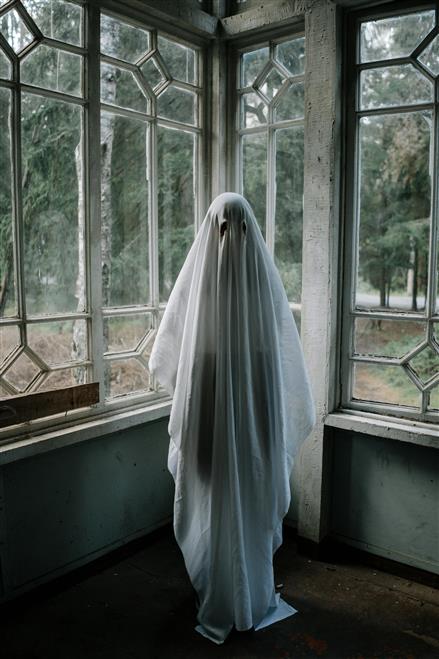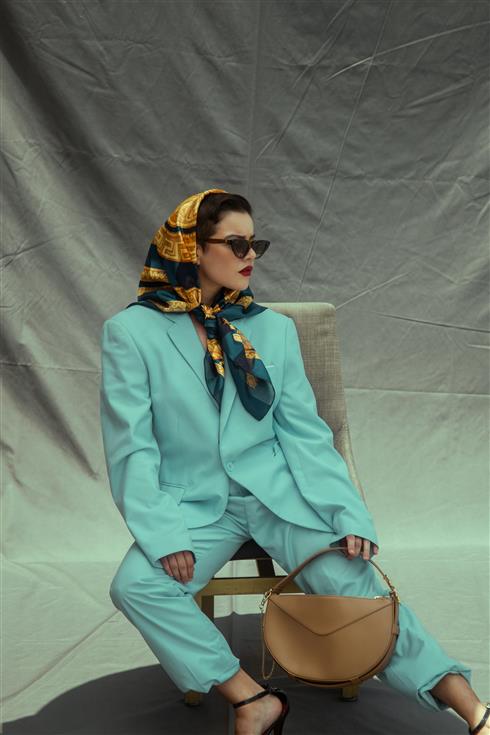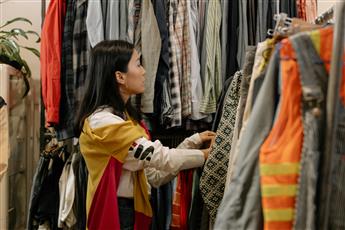
Once the domain of budget-conscious shoppers and vintage enthusiasts, thrifting has undergone a quiet transformation. What was once dismissed as “used” or “old” is now worn with pride. In 2025, secondhand is no longer a fallback—it’s a flex. From curated vintage boutiques in fashion capitals to Gen Z-led resale platforms, the stigma surrounding thrifted fashion is not just fading; it’s being replaced by something close to admiration.
Luxury is being redefined—not by brand-new tags or limited-edition releases, but by rarity, history, craftsmanship, and personal curation. At the heart of this shift is thrifting, a once-humble practice that’s become central to the way style and status are expressed today.
The Shift from Fast Fashion to Thoughtful Dressing
For years, the fashion industry has been built on a relentless churn of trends. New drops, microseasons, algorithm-driven styling. But with growing awareness around environmental degradation and labor exploitation, more consumers are questioning what they’re wearing—and why.
This has paved the way for secondhand clothing not just to rise in popularity, but to reshape what “good taste” looks like. Wearing a one-of-a-kind jacket from a thrift store or carrying a decades-old handbag no longer feels like a compromise. In fact, it signals a deeper level of taste and individuality—an ability to dress beyond what the market is currently pushing.
Fashion, once driven by what’s next, is increasingly being fueled by what’s been.
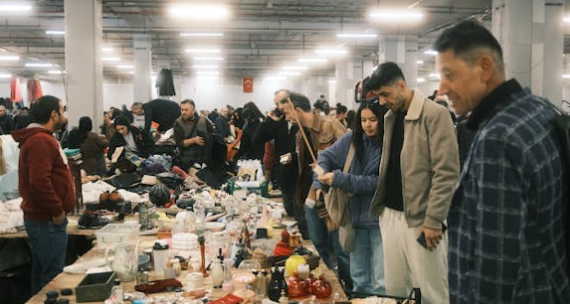
Vintage as a Marker of Value
There’s an undeniable appeal to owning something no one else has. A silk blouse with hand-stitched buttons from the ‘70s. An old-school varsity jacket with real patches and fading that tells its own story. A pair of Levi’s that have softened and shaped themselves through decades of wear.
These items aren’t just clothes; they’re artifacts. In a world oversaturated with mass production, the aged and imperfect have become a new kind of status symbol. It’s not just about looking good—it’s about knowing where your pieces came from, and why they matter.
Celebrities and stylists have caught on, too. Red carpet events now feature archival fashion from brands’ previous collections, vintage designer gowns, and upcycled garments. This shift from chasing novelty to honoring heritage has redefined what high fashion means.
Platforms, Not Just Places
The thrifting scene has evolved beyond local Goodwills or church-run resale stores (though those are still treasure troves). Apps like Depop, Poshmark, and Vinted have turned secondhand selling into a social activity—complete with followers, curated feeds, and seller aesthetics. Gen Z in particular has embraced this model, where thrifting becomes part of one’s digital identity.
But it’s not just individuals selling their closets. Entire businesses are springing up around curating thrifted collections—mixing vintage with modern, high-end with humble. Online storefronts now present secondhand pieces with editorial photography and detailed product storytelling, adding an air of craftsmanship and care to the shopping experience.
Even major fashion retailers have started to join the wave, launching their own resale arms or partnering with platforms that make it easier for customers to buy used. What was once fringe is now embedded in the mainstream.
More Than Money
While affordability remains part of thrifting’s appeal, especially during economic uncertainty, the secondhand movement has grown beyond necessity. For many, it’s about ethics, aesthetics, and expression.
Thrifting offers a creative challenge: piecing together looks that are both stylish and meaningful, often with limited resources. There’s no mannequin to copy, no influencer-linked “add to cart.” You develop your eye. You learn what flatters. You train your instinct. That act of seeking—not just shopping—makes the result feel earned.
And while fashion has always been tied to status, the definition of that status is changing. Where newness once implied wealth and social standing, now it’s personal taste and curation that carry weight.
Secondhand clothing, especially vintage, is a quiet rebellion against uniformity. It’s about opting out of the algorithm and finding your own look.
The Circular Economy Argument
Even if the term “circular economy” sounds like marketing jargon to some, its core principle resonates deeply with today’s shoppers: clothes shouldn’t be disposable.
Secondhand fashion keeps garments in use longer, reduces landfill waste, and softens the environmental impact of textile production. It’s not about being perfect, but being more thoughtful.
Some shoppers thrift exclusively. Others mix old with new. But in both cases, there’s a growing recognition that extending the life of clothing is not just responsible—it’s stylish.
Social Media’s Role in the Resale Renaissance
Ironically, one of the reasons thrifting has gone mainstream is also one of the causes of overconsumption: social media. Platforms like TikTok and Instagram have created thriving communities centered on “thrift hauls,” styling challenges, and behind-the-scenes peeks at flea markets and estate sales.
The thrill of the find—especially when it’s cheap, chic, and rare—plays well on camera. But unlike fast fashion hauls that show dozens of new items being unpacked, thrift content tends to focus more on storytelling: how a piece was found, how it’s styled, or the history behind a label.
This blend of performance and authenticity has helped reshape how people view secondhand shopping. It’s not just frugal or fashionable—it’s fun.
The Next Chapter: Quality Over Quantity
As this movement matures, the focus is turning toward intentionality. Rather than buying more just because it’s cheap, today’s thrift shoppers are curating wardrobes with greater care. One beautifully made piece trumps five trendy ones. People are seeking durability, versatility, and a sense of narrative in what they wear.
Even within thrifting, there’s a shift toward timelessness: pieces that age well, that work across seasons, that reflect something deeper than trend-following. Minimalist tailoring, vintage denim, classic coats. The idea isn’t to look old-fashioned—but to dress in a way that’s not dictated by fleeting cycles.
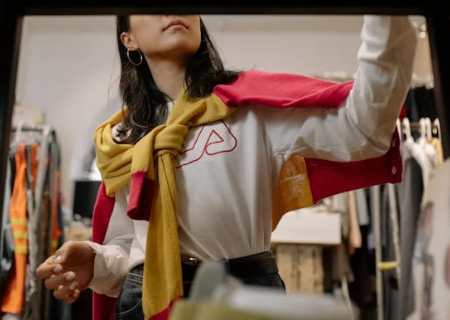
Conclusion: Luxury, Redefined
We’ve entered an era where status is signaled not by how new something is, but by how well it was chosen. Secondhand clothing tells a story—not just of fashion history, but of the person wearing it. In that sense, thrifting is more than a shopping habit. It’s a philosophy.
As wardrobes shift away from mass-produced sameness, and toward personal archives filled with character, craftsmanship, and care, it’s clear that the value of clothes is no longer in their novelty—but in their soul.
In a fast-paced world, wearing something old has never felt so fresh.

